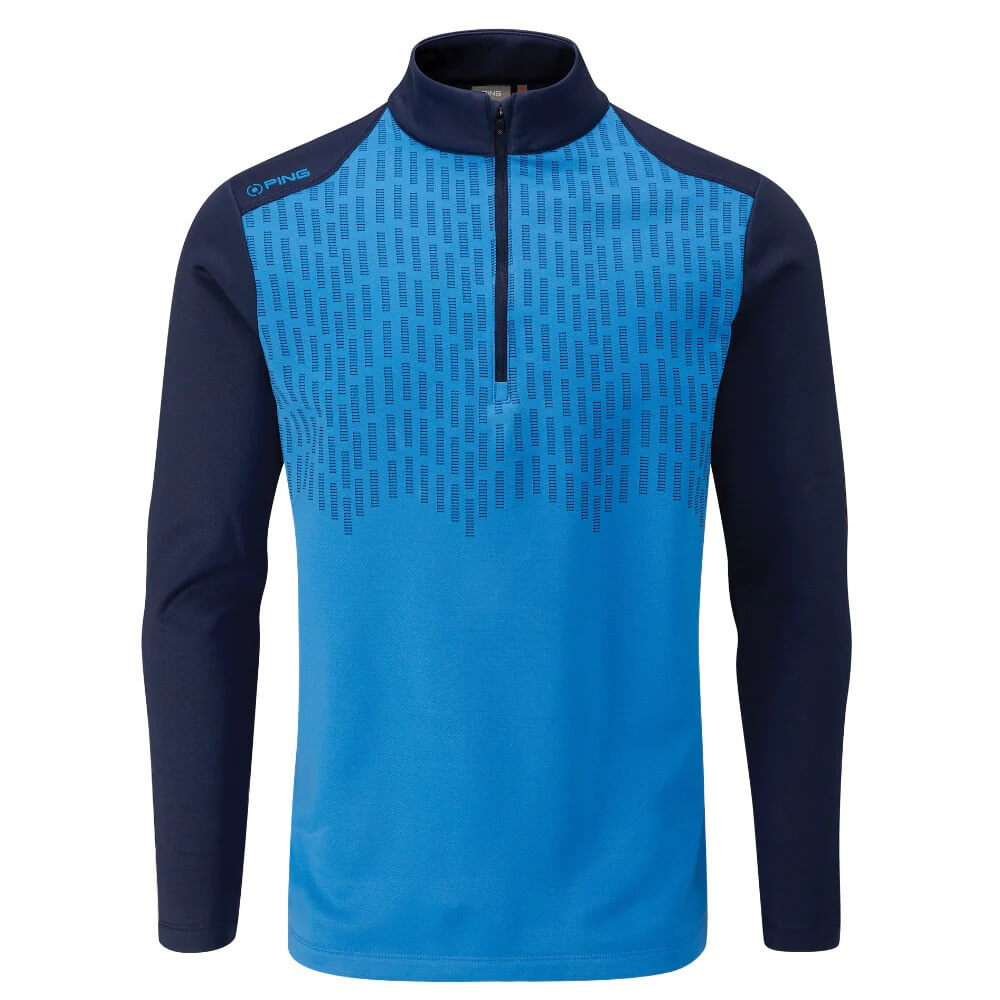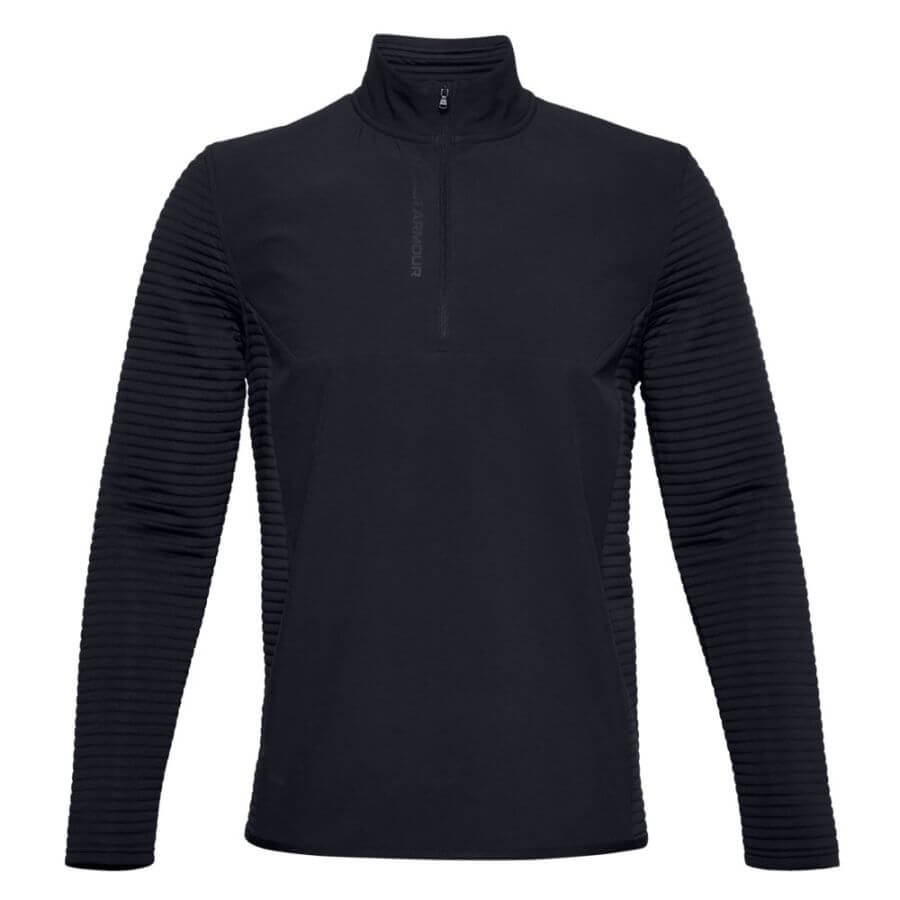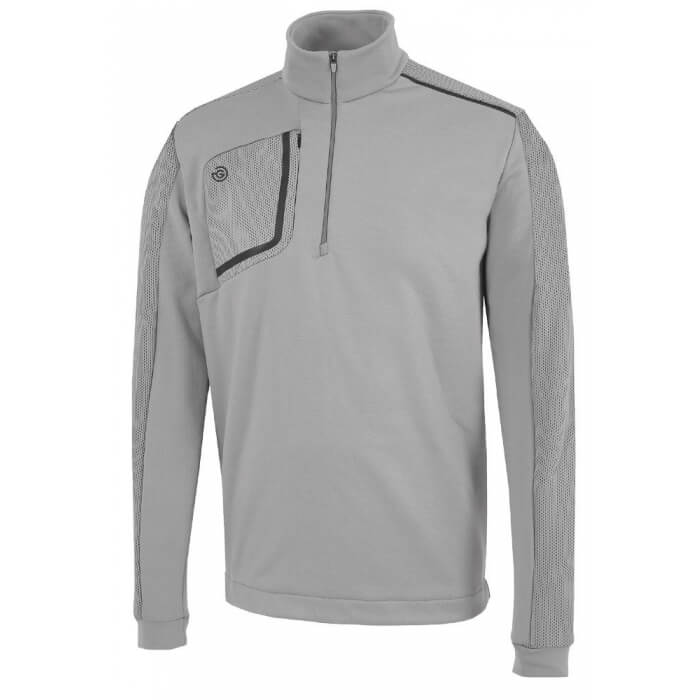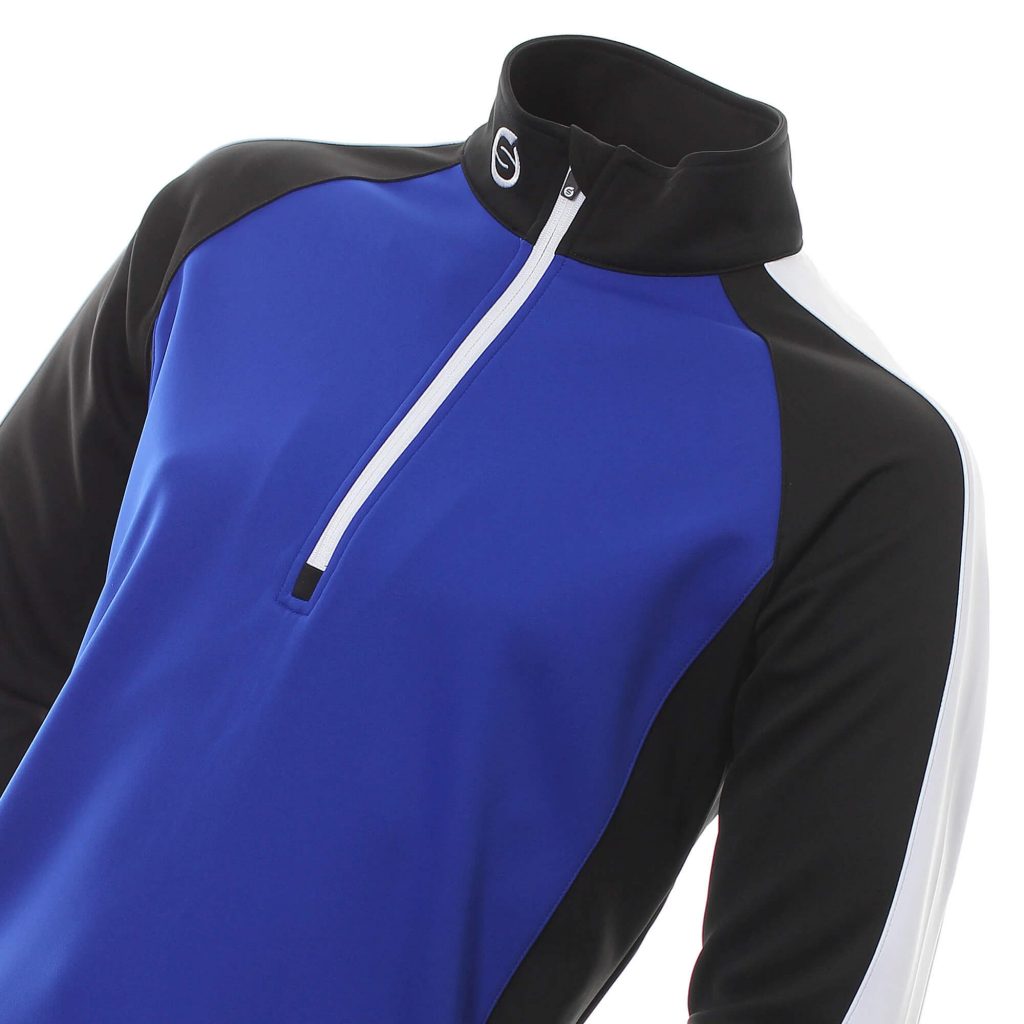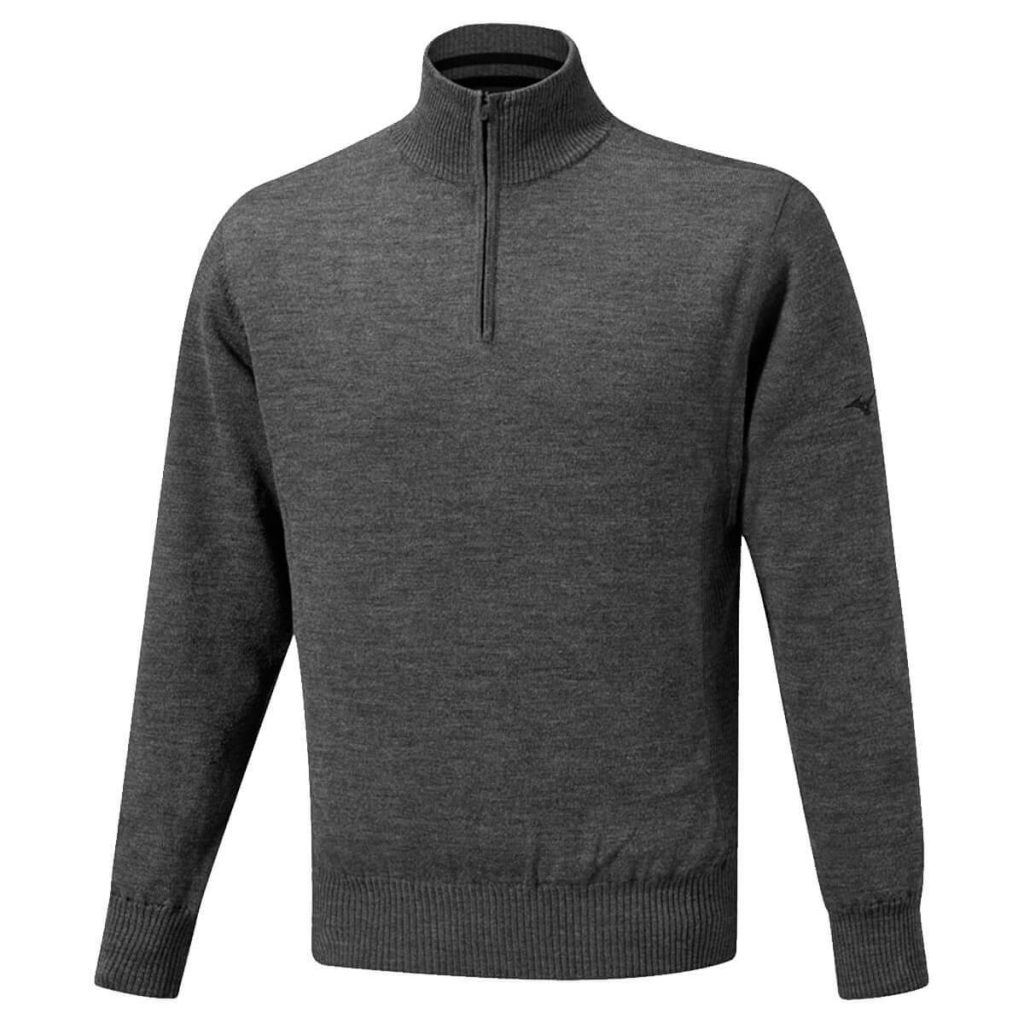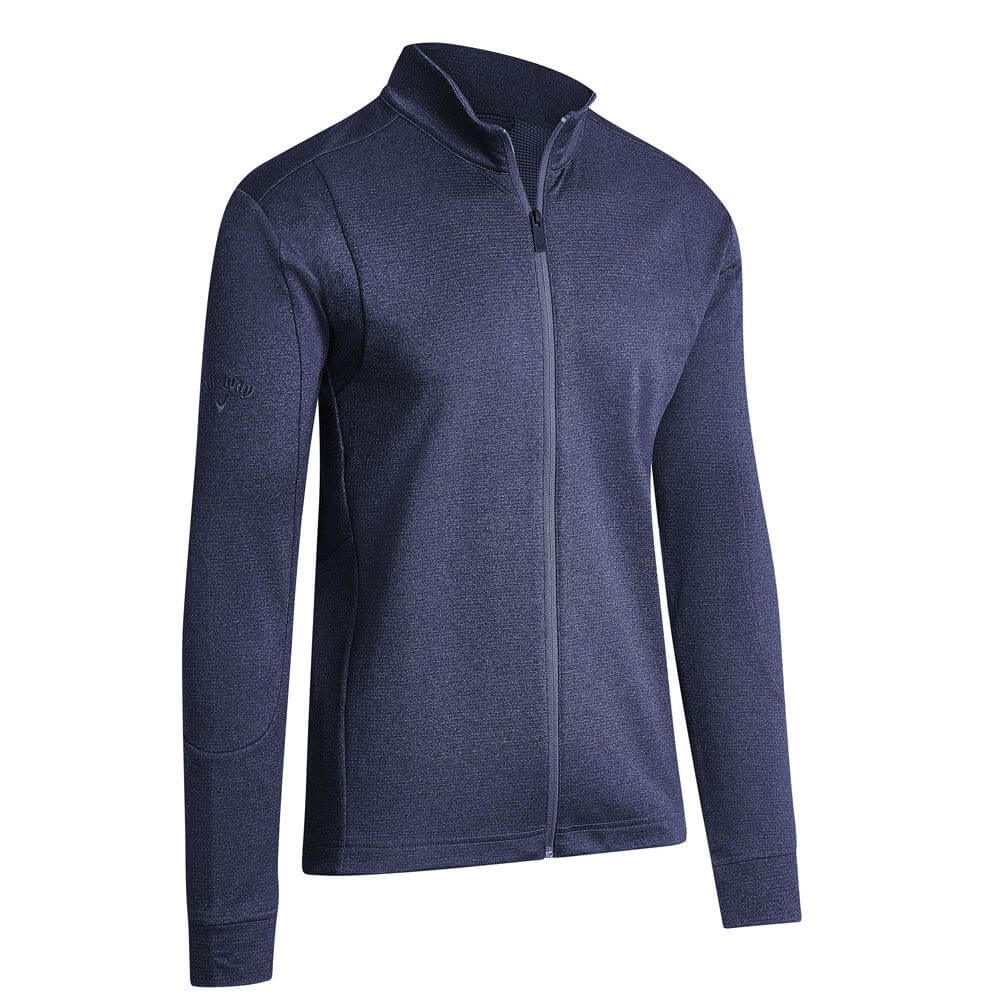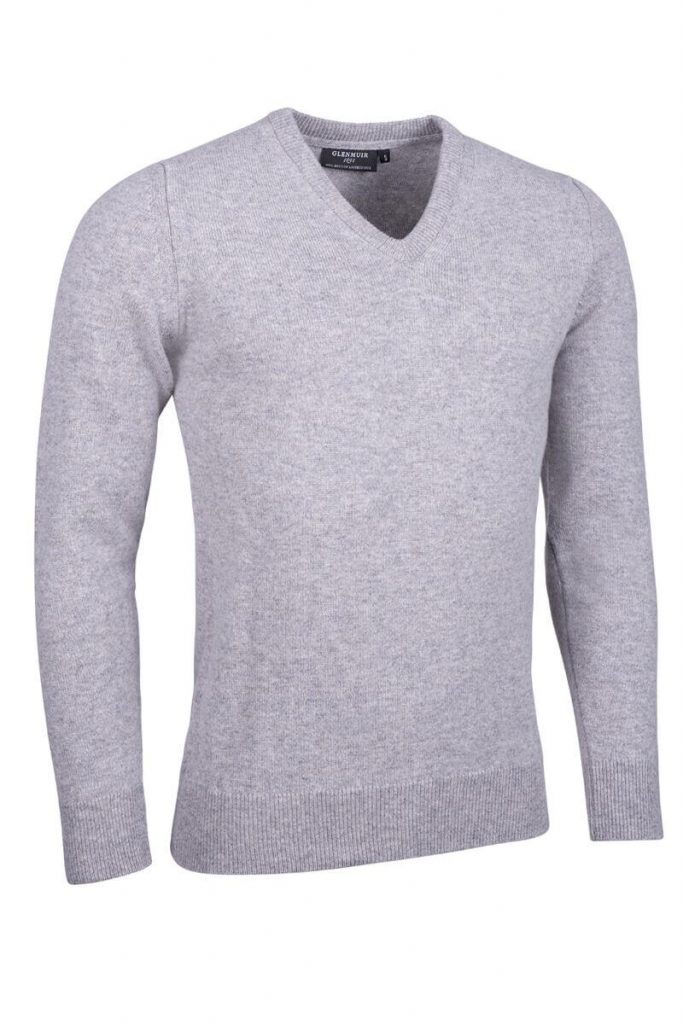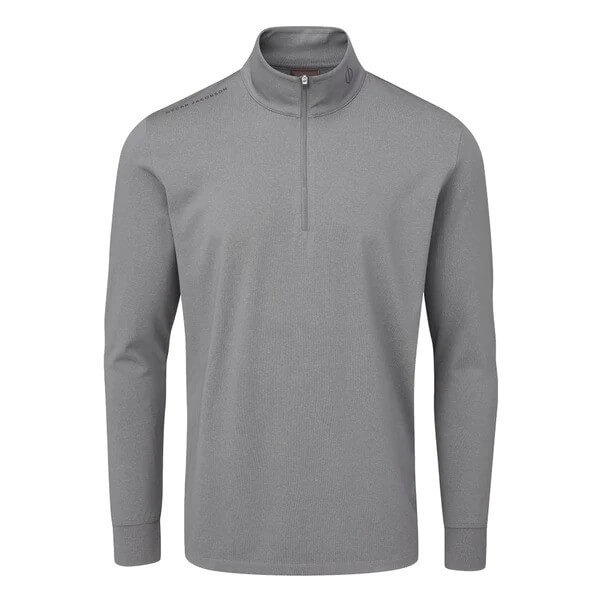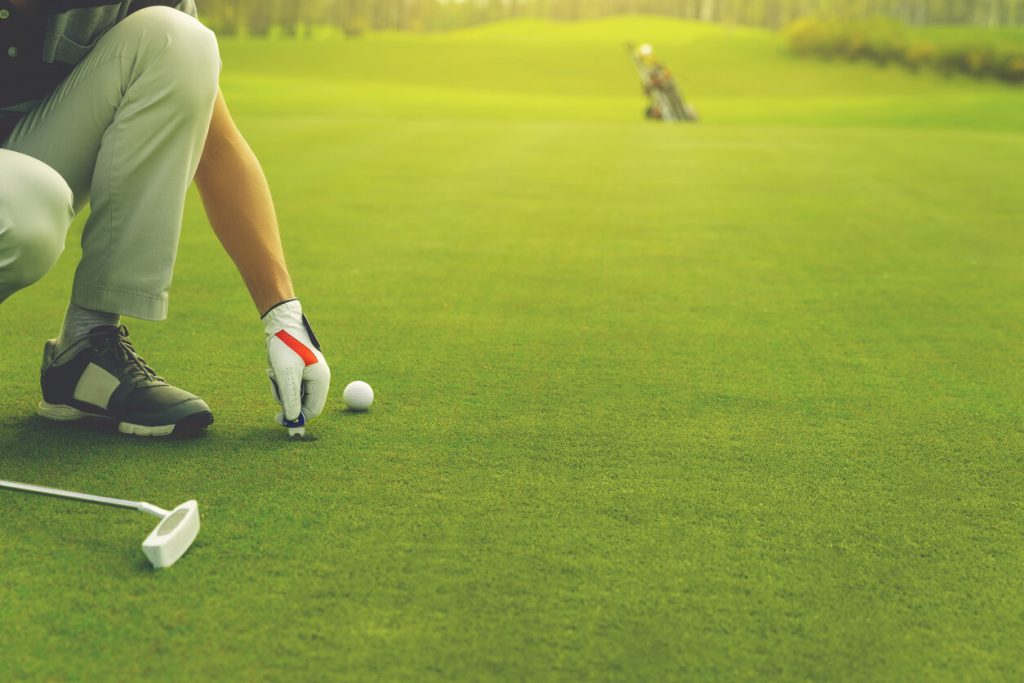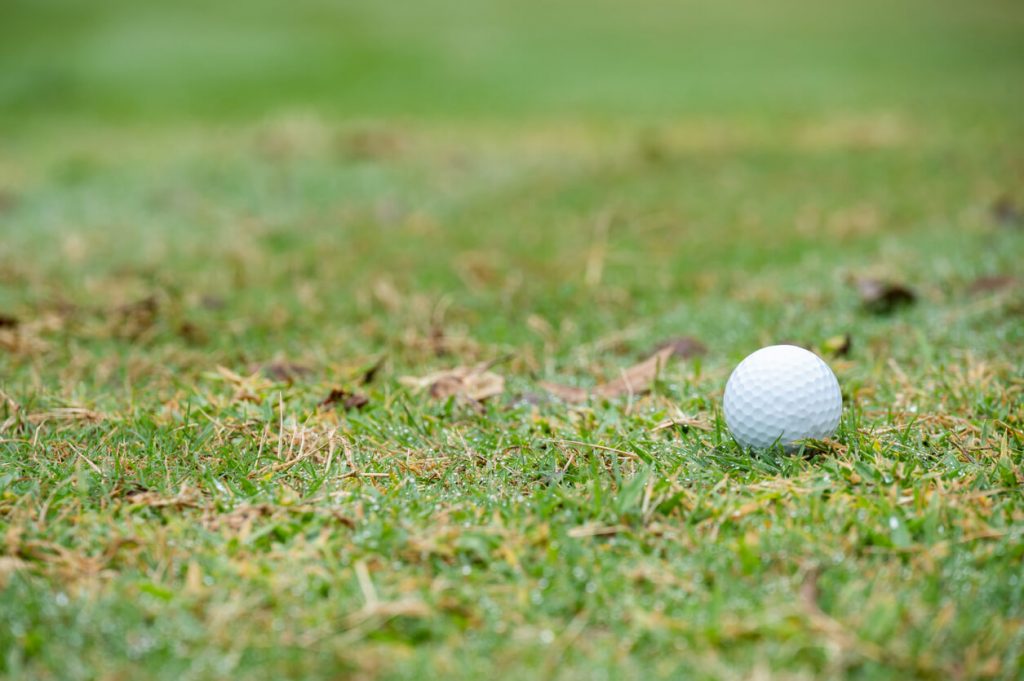The article below was written by Steve Carroll of National Club Golfer.
With drivers upwards of £500 and iron sets passing £1,000, the price of new equipment is a constant debate for club golfers. On The NCG Golf Podcast, Hannah Holden put the figures into context.
New drivers, irons, putters: the big equipment brands are launching their latest products in droves and the prices may not be for the faint-hearted.
It doesn’t matter how you dress it up, £500 is a chunk of change for a new driver and a through-the-bag set will now likely run to thousands.
What goes into the pricing? Is it all about profit or is the technology, research, and effort that goes into making new clubs worthy of our investment?
On a recent episode of The NCG Golf Podcast, Hannah Holden was asked the $64,000 question that all club golfers have about new gear.
Why does it cost so much?
“Price points are really interesting because, obviously, you pick up a driver for £500 and that is a lot of money,” she said. “It is an expensive product.
“But I’ve also been in the R&D facilities and the manufacturing facilities where they make this stuff and there is seriously expensive kit in there and a lot of technology going into making these clubs.
“I don’t think they are overpriced but that doesn’t mean they’re not expensive. I think it’s quite a hard debate. Manufacturers are spending millions of pounds just on machinery to build stuff, never mind the costs and spending on developing new technologies.”
With most modern drivers looking to the untrained eye like a hollowed-out shell, compared with the more solid structures in the past, Hannah was also asked to explain the technology that went into making a new driver and whether that contributed to rising costs.
Golf equipment costs: ‘Get rid of the equipment rules for amateurs’
Hannah added: “It’d be a lot cheaper to just get a block of wood and cut it into the shape of a driver. It’s tough to get your head around because there is less there but that’s a lot harder to build.
“With TaylorMade’s driver this year (Qi10), the full face is carbon, the full top line and the crown is carbon. Some of the intricacies and the cost of that is being able to manufacture it – to get it to fit together – with so few materials.
“The problem with the solid block of wood idea is that you’ve got a lot of weight in places where you don’t want it. So much of driver performance is about centre of gravity relative to loft.
“Say you need to hit it higher, you’ve got to have the centre of gravity low. With a block of woods, there is loads of weight high up in the head. It’s giving you a lot more spin and you’re hitting the ball lower.
“Think of the old hickory, it’s a lot harder to flight it and most people need the weight low and back. To get forgiveness, you also need weight on the perimeters, which doesn’t help with speed at all. It’s completely counterintuitive.
“Once you’ve got the weight where you need it, you’ve got to change the whole shaping to be able to swing it at a speed that allows you to get some distance.
“There are so many trade-offs to balance in the clubhead when you try to make that balance between speed and forgiveness but you’re having to do so much in terms of shaving material.
“A lot of the research and development and the cost ends up being in researching materials. I keep using TaylorMade as an example but they spent 20 years trying with carbon to get the face to work so it’s lighter and they’re saving weight there.
“That’s 20 years of cost to put into one driver, and then someone’s annoyed because it’s £30 more. What was funding that 20 years’ of research?”
Asked to explain the steep rise in prices in recent years, outside of inflation and the cost-of-living, with some clubs having near doubled over the past decade, Hannah said it was partly the cost of innovation.
“It gets harder for manufacturers to make the products better because of legal limits and rules which are forcing what they can do.
“They’ve got to look at more complicated ways to get around the rules that are in place and limiting things. You have to go for more expensive materials, and different things like that, which then drives the price up.
“Maybe you should be saying to the R&A, ‘we’ll get rid of the equipment rules for amateurs’. We can have cheaper solutions to make our drivers perform better and maybe that will drive the prices down.”










